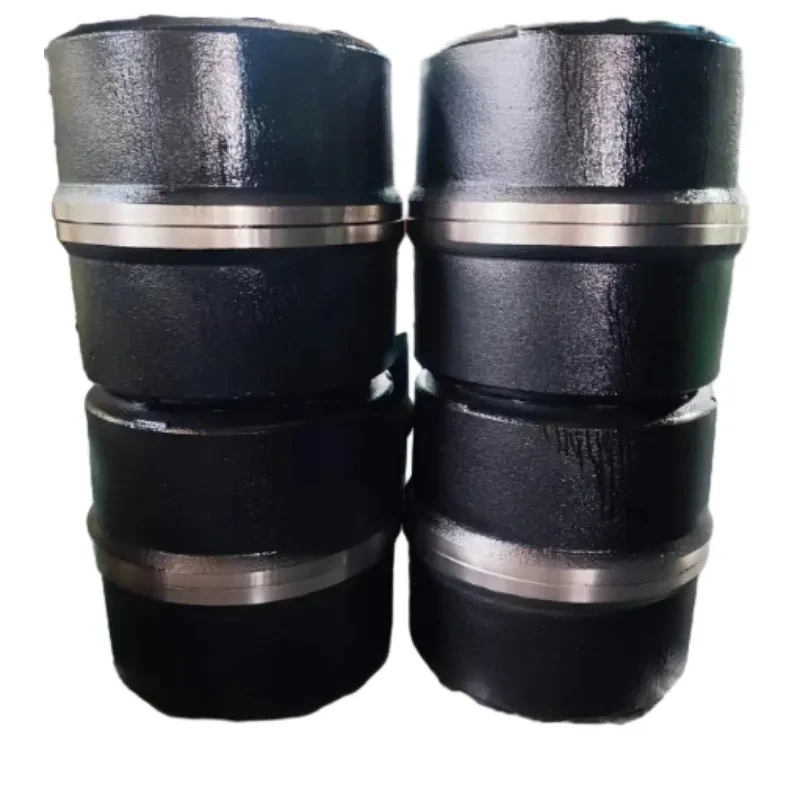
-
 Afrikaans
Afrikaans -
 Albanian
Albanian -
 Amharic
Amharic -
 Arabic
Arabic -
 Armenian
Armenian -
 Azerbaijani
Azerbaijani -
 Basque
Basque -
 Belarusian
Belarusian -
 Bengali
Bengali -
 Bosnian
Bosnian -
 Bulgarian
Bulgarian -
 Catalan
Catalan -
 Cebuano
Cebuano -
 Corsican
Corsican -
 Croatian
Croatian -
 Czech
Czech -
 Danish
Danish -
 Dutch
Dutch -
 English
English -
 Esperanto
Esperanto -
 Estonian
Estonian -
 Finnish
Finnish -
 French
French -
 Frisian
Frisian -
 Galician
Galician -
 Georgian
Georgian -
 German
German -
 Greek
Greek -
 Gujarati
Gujarati -
 Haitian Creole
Haitian Creole -
 hausa
hausa -
 hawaiian
hawaiian -
 Hebrew
Hebrew -
 Hindi
Hindi -
 Miao
Miao -
 Hungarian
Hungarian -
 Icelandic
Icelandic -
 igbo
igbo -
 Indonesian
Indonesian -
 irish
irish -
 Italian
Italian -
 Japanese
Japanese -
 Javanese
Javanese -
 Kannada
Kannada -
 kazakh
kazakh -
 Khmer
Khmer -
 Rwandese
Rwandese -
 Korean
Korean -
 Kurdish
Kurdish -
 Kyrgyz
Kyrgyz -
 Lao
Lao -
 Latin
Latin -
 Latvian
Latvian -
 Lithuanian
Lithuanian -
 Luxembourgish
Luxembourgish -
 Macedonian
Macedonian -
 Malgashi
Malgashi -
 Malay
Malay -
 Malayalam
Malayalam -
 Maltese
Maltese -
 Maori
Maori -
 Marathi
Marathi -
 Mongolian
Mongolian -
 Myanmar
Myanmar -
 Nepali
Nepali -
 Norwegian
Norwegian -
 Norwegian
Norwegian -
 Occitan
Occitan -
 Pashto
Pashto -
 Persian
Persian -
 Polish
Polish -
 Portuguese
Portuguese -
 Punjabi
Punjabi -
 Romanian
Romanian -
 Russian
Russian -
 Samoan
Samoan -
 Scottish Gaelic
Scottish Gaelic -
 Serbian
Serbian -
 Sesotho
Sesotho -
 Shona
Shona -
 Sindhi
Sindhi -
 Sinhala
Sinhala -
 Slovak
Slovak -
 Slovenian
Slovenian -
 Somali
Somali -
 Spanish
Spanish -
 Sundanese
Sundanese -
 Swahili
Swahili -
 Swedish
Swedish -
 Tagalog
Tagalog -
 Tajik
Tajik -
 Tamil
Tamil -
 Tatar
Tatar -
 Telugu
Telugu -
 Thai
Thai -
 Turkish
Turkish -
 Turkmen
Turkmen -
 Ukrainian
Ukrainian -
 Urdu
Urdu -
 Uighur
Uighur -
 Uzbek
Uzbek -
 Vietnamese
Vietnamese -
 Welsh
Welsh -
 Bantu
Bantu -
 Yiddish
Yiddish -
 Yoruba
Yoruba -
 Zulu
Zulu
Comparing Disc Brakes and Drum Brakes Key Differences and Advantages
Differences between Disc Brakes and Drum Brakes
When examining the world of automotive braking systems, two prominent types emerge disc brakes and drum brakes. Both systems play a critical role in vehicle safety and performance, but they operate differently and have distinct characteristics. Understanding the differences between these two types of brakes is essential for anyone interested in automotive engineering or simply maintaining their vehicle.
Mechanism and Design
The fundamental difference between disc brakes and drum brakes lies in their construction and functioning. Disc brakes consist of a flat, round disc (rotor) mounted on the wheel axle. When the driver presses the brake pedal, hydraulic pressure forces the brake pads against the disc, creating friction that slows down the vehicle. This system is straightforward, allowing for effective heat dissipation and rapid stopping power.
In contrast, drum brakes use a cylindrical drum that rotates with the wheel. Inside the drum are brake shoes, which are pressed against the inner surface of the drum when the brake is applied, creating friction to slow the vehicle down. This design can lead to heat buildup because the drum encloses the components, which may not dissipate heat as efficiently as disc brakes.
Performance and Efficiency
When it comes to braking performance, disc brakes generally outperform drum brakes, especially in high-demand situations. Disc brakes offer better stopping power due to their larger surface area and the ability to remain cooler during operation. This characteristic makes them particularly suited for high-performance and heavy-duty vehicles, where quick and reliable stopping is crucial.
disc brake and drum brake difference

Drum brakes, while effective for some applications, tend to fade under extreme conditions (such as repeated braking in quick succession). The enclosed design can lead to overheating, causing the brake shoes to lose effectiveness. However, drum brakes are often more than adequate for everyday passenger vehicles, especially in non-performance scenarios.
Maintenance and Durability
Another consideration is maintenance. Disc brakes are typically easier to inspect and replace than drum brakes. With disc brakes, the calipers and pads are readily accessible, allowing for straightforward maintenance. In contrast, drum brakes may require more labor to access the brake shoes, leading to longer service times and potentially higher costs.
Durability is also a factor; while both systems can last a long time with regular maintenance, the open nature of disc brakes often leads to less wear and more consistent performance over time. Conversely, the confined space of drum brakes can trap dust and moisture, potentially leading to increased wear and more frequent replacement.
Applications and Usage
In modern vehicles, it’s common to find a combination of both braking systems. Many cars utilize disc brakes on the front wheels for improved performance, while drum brakes are often used on the rear wheels due to reduced demand. This setup provides a balance of effectiveness and cost-efficiency.
In conclusion, both disc brakes and drum brakes serve their purpose in the automotive world, each with unique advantages and disadvantages. While disc brakes are generally favored for their performance, drum brakes remain a viable option for many vehicles, particularly in standard and less demanding driving conditions. Understanding these differences is essential for making informed decisions about vehicle maintenance and design.
-
What Are Drum BrakesNewsJul.07,2025
-
Understanding Brake Drum MaterialNewsJul.07,2025
-
Semi-Trailer Brake Drum: A Key Component for Extreme Loads and Long-Distance TransportNewsJul.07,2025
-
Drum Brake Pads for SaleNewsJul.07,2025
-
Brake Drums for SaleNewsJul.07,2025
-
Brake Drum ManufacturerNewsJul.07,2025
-
Aluminum Brake Drums: The Future of High-Performance CarsNewsJul.07,2025
